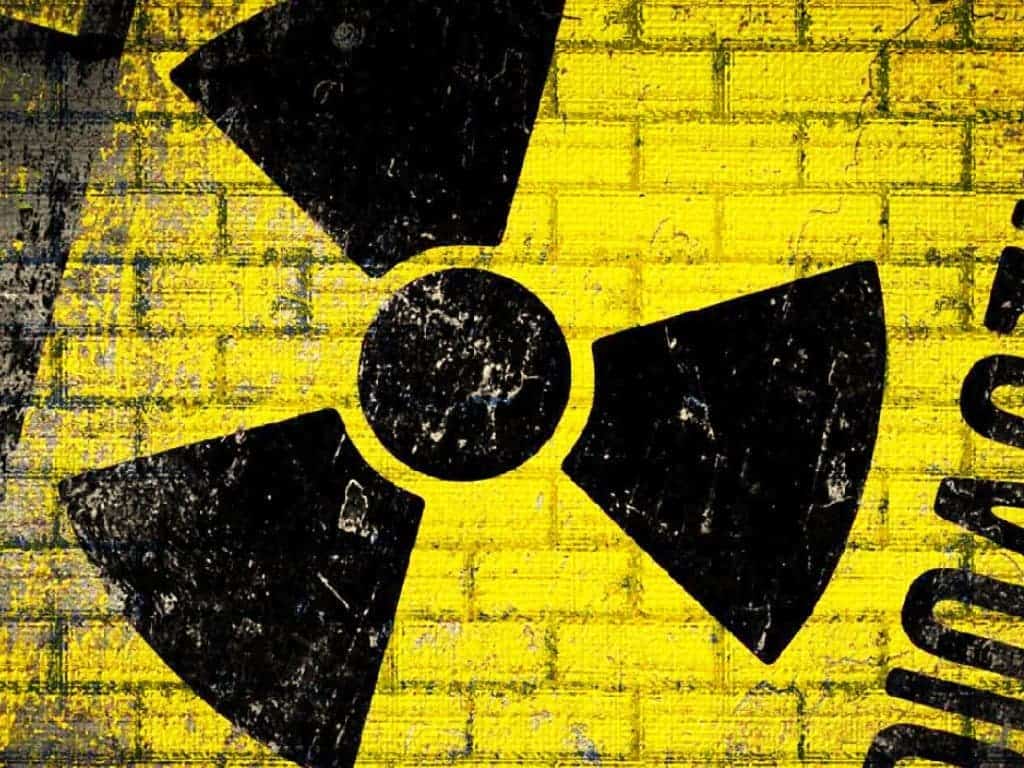The full extent of Japan’s 2011 Fukushima meltdown is still being uncovered, with measured levels of contamination increasing in previously identified sites throughout the North American coast. While it’s still too low to threaten human or ocean life, this confirms that the power plant continues to leak radioactive isotopes researchers report.
The Fukushima Daiichi nuclear plant saw wide-scale equipment failure following the 11 March 2011 earthquake and tsunami. The ensuing triple reactor meltdowns and escape of radioactive material on the 12th were so severe that the accident is considered as being second only to the one at Chernobyl.
Researchers at the non-profit Woods Hole Oceanographic Institution have been taking samples of Pacific Ocean water and analyzing them in an effort to monitor and document the aftermath of the accident. The results show that the Fukushima reactors still leaks radioactive isotopes (especially cesium-134) four years after the meltdowns, reports marine radiochemist Ken Buesseler. Trace amounts of these atoms have been found in several hundreds of miles-wide areas of the Oregon, Washington and California coasts as well as offshore of Vancouver Island.
Another isotope, cesium-137, a radioactive reminder of the nuclear weapons tests conducted between 1950 and 1970, was found at low levels in nearly every seawater sample tested.
“Despite the fact that the levels of contamination off our shores remain well below government-established safety limits for human health or to marine life, the changing values underscore the need to more closely monitor contamination levels across the Pacific,” Buesseler said.
In 2014 the Institute reported detecting isotope contamination about 100 miles (160 km) off the norther coast of California as well as off Canada’s shorelines. The latest readings measured the highest radiation levels outside Japanese waters to date some 1,600 miles (2,574 km) west of San Francisco.
The figures also confirm that the spread of radiation to North American waters is not isolated to a handful of locations, but rather a along a stretch of more than 1,000 miles (1,600 km) of shoreline. Currently, reported levels in these areas shouldn’t be dangerous to organisms, but this may change in the future.










